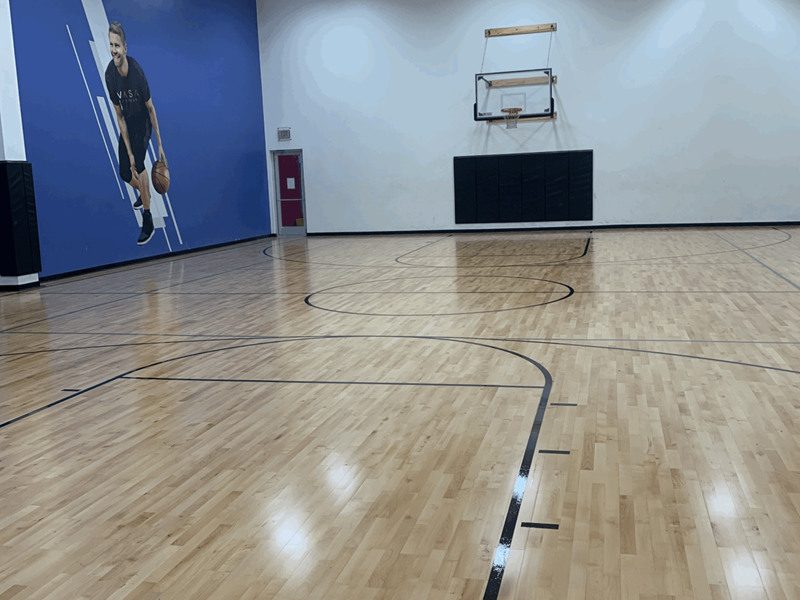When it comes to choosing the right flooring for an indoor basketball court, cost-effectiveness is a key consideration. While the initial investment in wood flooring may be higher than some alternative materials, its long-term benefits and durability make it a cost-effective choice in the long run.
Wood flooring, particularly maple, is known for its durability and resilience. It can withstand the heavy foot traffic and impact of basketball games without showing significant wear and tear. This means that wood flooring requires less frequent replacement compared to other materials, saving facility managers money on maintenance and replacement costs over time.
In addition to its durability, wood flooring also offers excellent performance benefits. The consistent bounce and roll of the basketball on a wood surface allow for more predictable ball handling and shooting, which can improve player performance and reduce the risk of injuries. This, in turn, can lead to fewer medical expenses and lost playing time due to injuries.
Furthermore, wood flooring is relatively easy to maintain. Regular sweeping, dusting, and periodic deep cleaning are all that is required to keep the floor in top condition. Compared to other materials that may require specialized cleaning products or frequent resurfacing, wood flooring offers a lower total cost of ownership.
In conclusion, while the initial cost of indoor basketball court wood flooring may be higher, its durability, performance benefits, and ease of maintenance make it a cost-effective choice in the long run. By investing in high-quality wood flooring, facility managers can create a safe, high-performing, and visually appealing playing environment that will serve their needs for years to come.

Leave a Reply